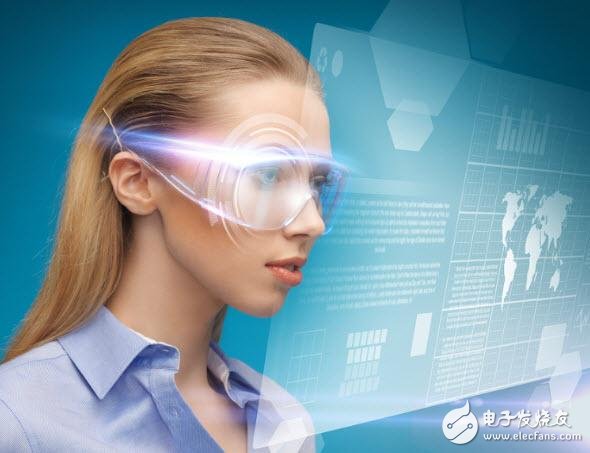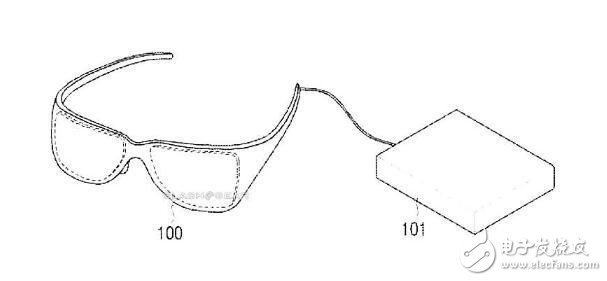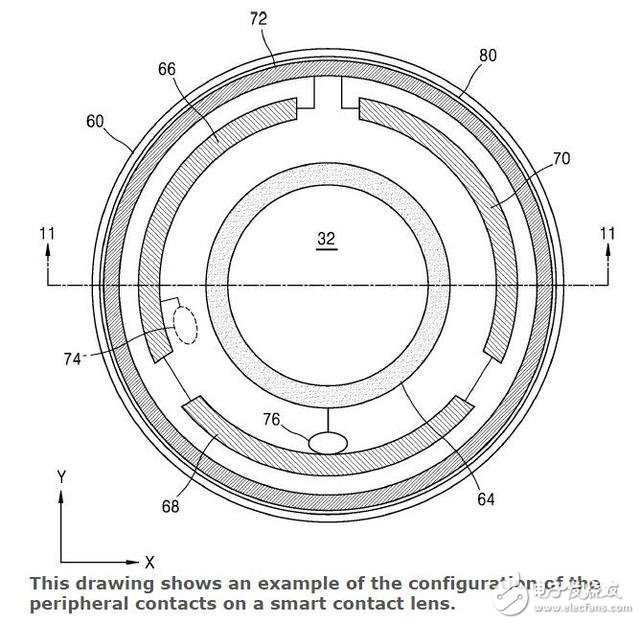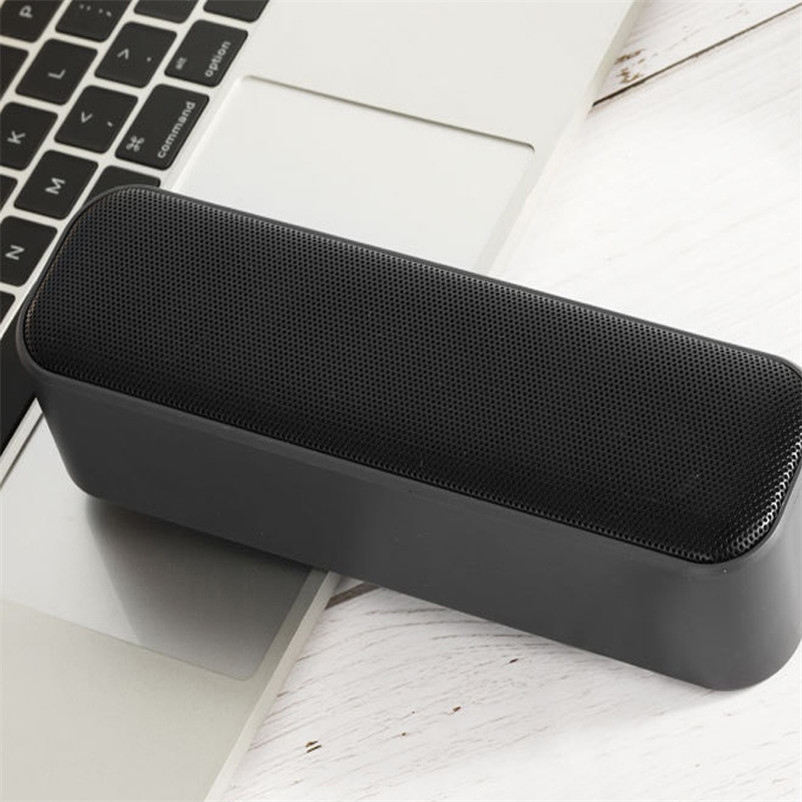If you want to say who is the best mobile VR product, most people think of Samsung Gear VR, but Samsung's ambition is obviously not satisfied with this. Samsung's AR glasses may not be too far away after the launch of the Galaxy S8 and the new Gear VR headset in February next year. Dr. Sung-Hoon Hong, vice president of Samsung, said at the VR summit in San Diego, Calif., this week that the latest technology will be released after the release of the next generation Gear VR. The next generation of Gear VR is likely to be unveiled at the Mobile World Congress in February 2017. According to the report of Wearable Zone, Sung-Hoon Hong said that the new generation of Gear VR "will be launched soon." After that, Samsung will launch the first generation of AR glasses. Samsung won a patent this week. This patent describes a "head-mounted display device" that looks very similar to Google (microblogging) glasses. Samsung's AR devices may adopt this technology. According to the patent, Samsung will use this technology to reduce eye fatigue. This technology will help "show VR and AR content" while avoiding fatigue. This will be an important breakthrough in the VR and AR industries. According to Sung-Hoon Hong, Samsung is breaking through the second level of AR display and entering the third level. This means that Samsung will walk through the technical stage of Pokemon Go and enter the technical stage of Google Tango and Microsoft HoloLens. The display level of the fourth level will change according to the changes in the real world, and the level of the third level will remain unchanged. Sung-Hoon Hong said: "My team is developing a light field engine. Samsung's holographic technology can bring a strong sense of reality." He also said that Samsung is considering cooperation with Magic Leap. In April of this year, the media exposed Samsung's AR patent. According to the patent, the contact lens is equipped with a small display, camera, antenna, and sensors for detecting motion and blinking. The blink action provides input and the image will be processed by the smartphone. Users can take photos with blinking action or interact with data displayed in smart contact lenses. The sensor detects the blink and sends the corresponding command to the user's smartphone for processing. The end result can be returned to the smart contact lens in near real time. Some of the circuitry in the smart contact lens will be visible but will be located at the edge of the contact lens. It is reported that the application time for this patent was September 2014, but the Korean Intellectual Property Office approved the patent until this year. Jim McGregor, principal analyst at TIrias Research, said: "A large part of this patent is related to AR. If VR and AR are developed, the related products will have good potential in the next two to three years. I am very optimistic about the development of VR and AR, because in industrial applications such as games, entertainment, education, and even medicine, these technologies have great potential." There is a basis for optimism about VR and AR. Strategy AnalyTIcs expects sales of VR headsets to reach 12.8 million units this year, and smartphone-based devices will dominate. Cliff Raskind, senior research director at Strategy AnalyTIcs, said: "After the user-resolved problem is solved, AR is the right direction, which is related to the display function in the lens." He believes that it is lower. The resolution is not an issue because "many AR applications do not require high image quality." Digi-Capital expects that by 2020, the global AR and VR market will reach $120 billion, and consumer AR will account for $90 billion. Mike Jude, project manager at Stratecast/Frost & Sullivan, said the IEEE (Institute of Electrical and Electronics Engineers) has done a lot of work in this area. He pointed out that the camera in the lens "may produce a large circuit in front of the cornea, which causes the field of view to be blurred and dissatisfied to the wearer. It is like a gray in the eye, but it can't be cleaned out." Mike Jude believes that smart contact lenses can be bulky, and because the weight of the lens will directly affect the comfort of wearing, a lot of experimentation is needed in optimizing comfort. In addition, Ville-Petteri Ukonaho, senior analyst at Strategy AnalyTIcs, points out that contact lenses must contain water, and 50% of the usual contact lenses are water. In addition, the antenna and other components can be placed in the portion of the contact lens that is outside the iris, but since the oxygen permeability must be close to 100%, there can be no more clogging. Google tried to develop smart contact lenses in 2014, and these problems may be the reason why Google's project has not progressed.
This Computer Speaker is powered by USB interface on computers or laptops, plug and play, save energy. 3W output brings you high-quality clear binaural sound. Lightweight and portable design makes you can hold it with single hand, save space on the desk. Made of ABS and TPU, which makes this speaker durable and firm. Believe it is a great companion for your computer and laptop.
Usb Speaker,Computer Speaker,Portable Speaker,Mini Speaker SHENZHEN HONK ELECTRONIC CO., LTD , https://www.honktech.com


